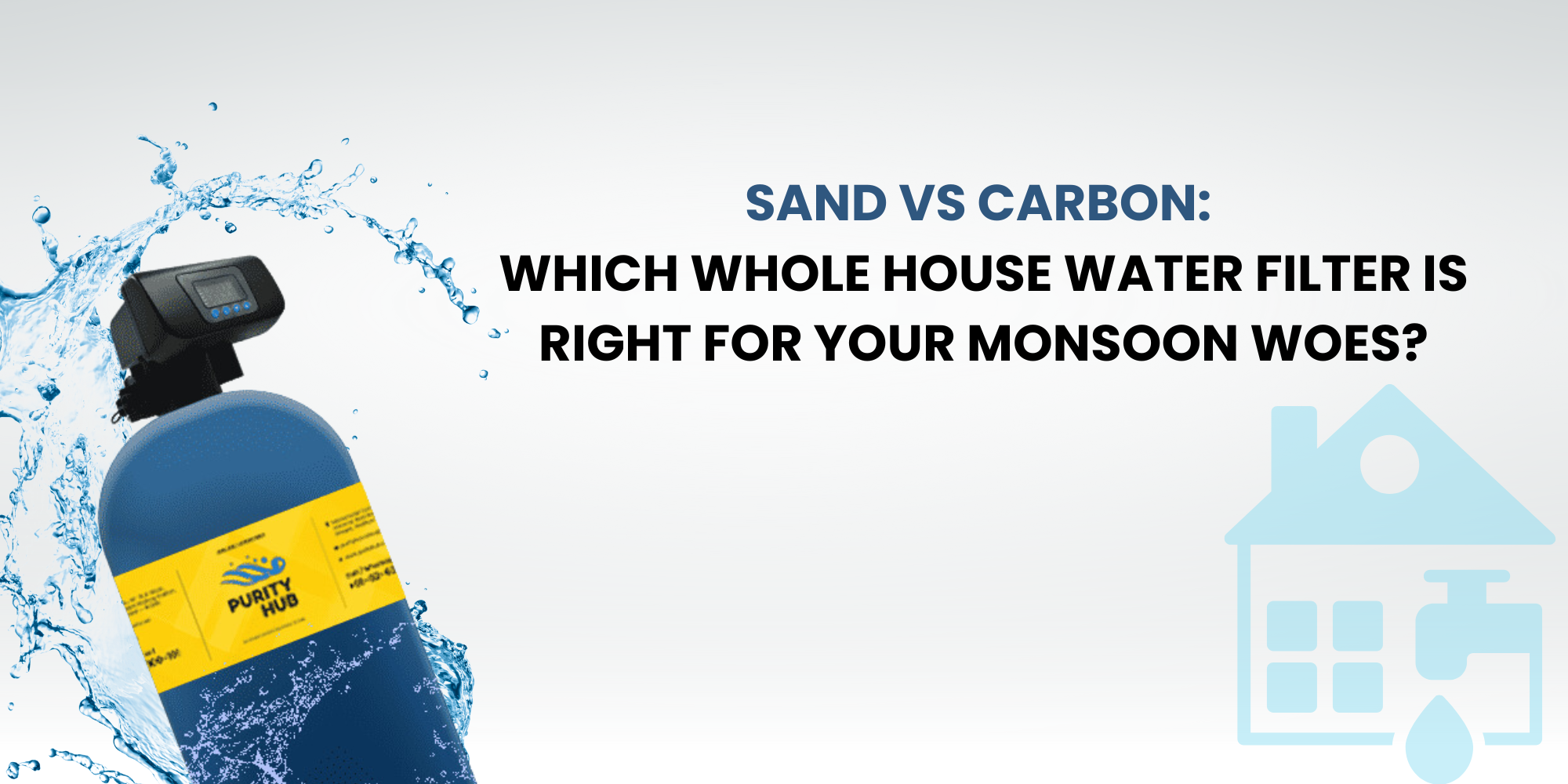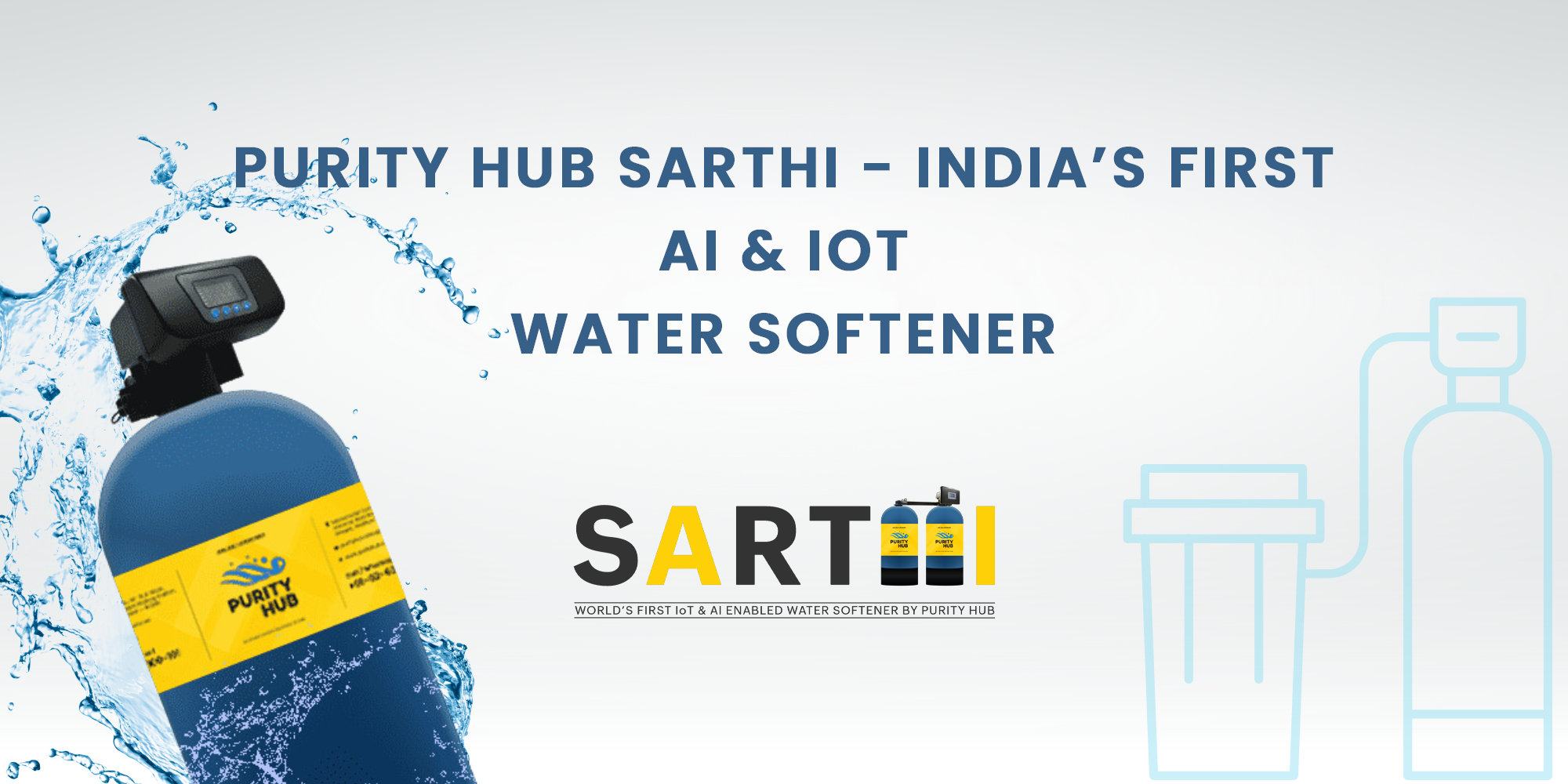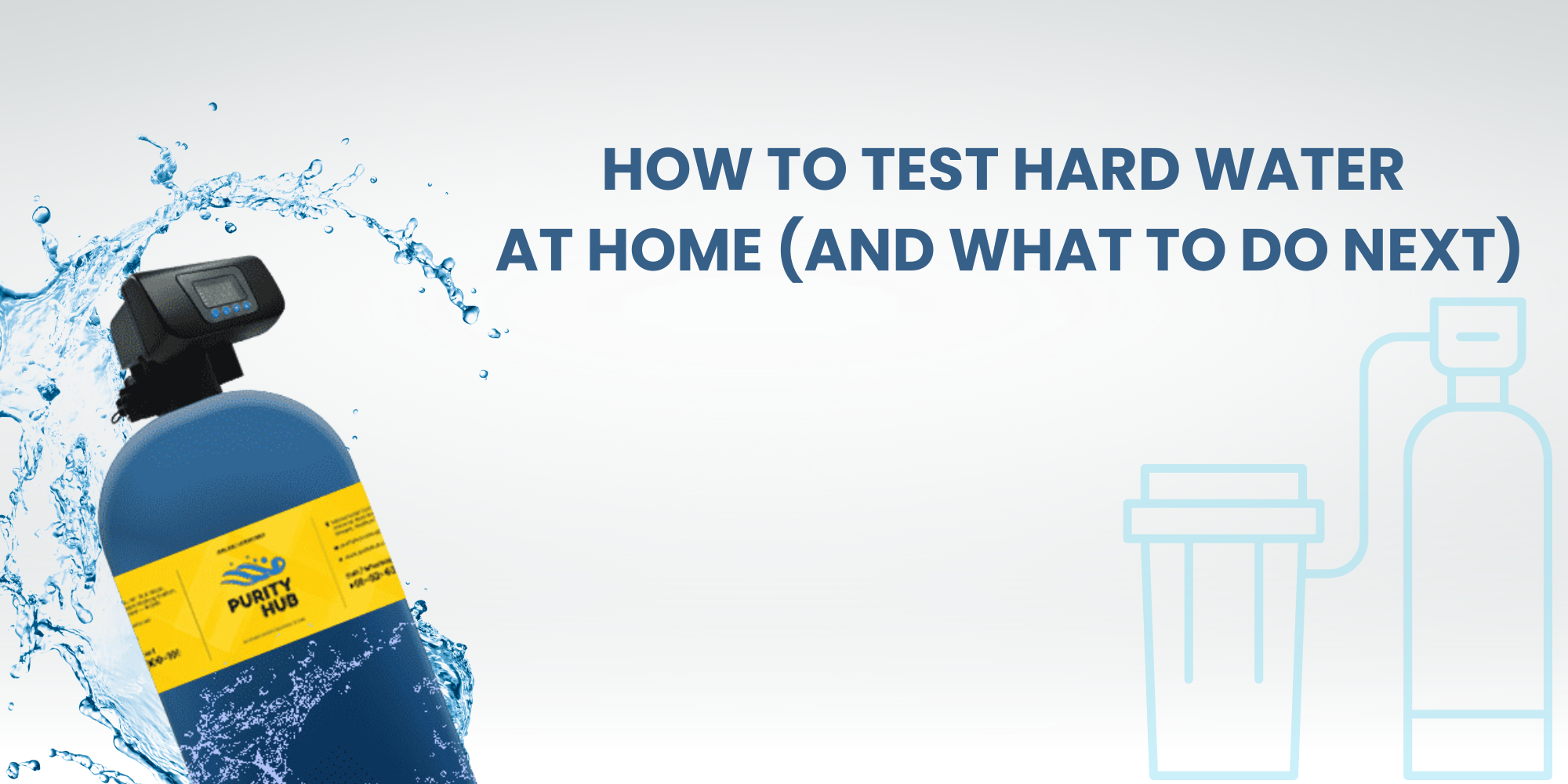
Summary
With the monsoon, water quality usually suffers—introducing sediment, murkiness, strange odors, and even hardness that can ruin appliances and cause skin irritation. This blog discusses the battle between sand filter water treatment and activated carbon filter systems, demonstrating how each performs a specific role: sand filters catch dirt and debris, whereas carbon filters address odors, chlorine, and chemical flavors. It shines a light on why the smartest option for monsoon misery is usually a whole house water filter that incorporates both technologies, preferably along with a water softener system for home to treat hard water. The outcome? Bright, clean, soft water coming from every faucet, making your showers, laundry, and kitchen run smoothly—no rainfall intensity can dampen that.
Monsoon May Bring Comfort… and Trouble
Monsoon may bring in cosy rain and soothing raindrops on your rooftop, but it also stirs up something quite less pretty—muddy, sediment-filled water that can wreak havoc on your taps, washing machine, and, yep, your skin. You might want to reach for a whole house water filter or even combine a water softener system for home, but the big question is: do you go with a sand filter water treatment setup, an activated carbon filter, or something that blends both?
Spoiler alert: when used smartly, they complement each other beautifully.
Sand Filter Water Treatment: The First Line of Defence
Imagining skimming out all those bad mud, rust, and dirt bits hanging around in monsoon runoff—that is exactly what a sand filter water purification process accomplishes. It's an army of tiny grains that eliminate visible particles and keep pipes unclogged. Sand filters are laid-back, long-lasting, and perfect for dealing with monsoon turbidity.
They don't play around with chemicals or odors—just keeping it clean and clear. As observed by water experts (e.g., at Purity Hub), sand filters remove particulate and sediment from sight, purifying water and making it safer before it moves downstream.
Activated Carbon Filter: Dealing with Chemical Issues
Once the sand filter has removed grit and sediment from water, the next step is to treat the less obvious offenders – strange odors, off-flavors, and invisible chemical visitors that may be in your water. This is where an activated carbon filter comes in, as a super sponge for chlorine, odors and volatile organic compounds.
Using a process called adsorption, these unwanted things are clung to the surface, while your water is now cleaner, fresher, and a much nicer experience to drink, or bathe in.
It will not solve hard water issues like calcium and magnesium, but it certainly transforms your shower experience from musty and metallic to spa-like serenity.
The Dynamic Duo: When Sand and Carbon Unite
If monsoon water could have a superhero team, this is it: sand filter + activated carbon filter. Sand handles the chunky stuff; carbon goes after chemicals and odors. Combined, you have a whole house water filter system that's both efficient and comprehensive—all taps benefit, from your dishes to your shower.
Purity Hub says that having them both in one system gives full purification and greatly improves the quality of water.
And couple that with a water softener system for home? You’re not just filtering—you’re also softening hard water, preventing limescale, protecting your appliances, and pampering your skin.
Choosing the Right One for Your Monsoon Woes
Here’s the playful checklist:
If your main enemy is mud, sand, or visible particles: go with sand filter water treatment. It’s cost-effective and keeps things flowing.
If your water is smelling weird or tasting odd after those summer showers: bring in the activated carbon filter to soothe your senses.
If you have both—plus hard water minerals: use a hybrid whole house water filtering system that is a mixture of sand, activated carbon, and a softener.
In this manner, you get the whole bouquet of treatments—visual clarity, chemical reduction, and mineral control. Multitasking systems of this nature are offered by Purity Hub with sand, carbon, and softening media all in one effective package.
A Few Light-Hearted Comparisons
Think about it like this: Sand is the rough bouncer at the filter door—keeping mud and dirtiness at bay before even the real diva, Carbon, has a chance. Carbon then uses its high-tech porous magic to charm odors and taste. The pair makes water feel fresh, safe, and bounceable without yucky chemicals.
And throw in a home water softener and you're basically giving monsoon-knocked-around pipes and frazzled locks a first-class spa holiday—no hardness, no odor, no sediment, pure, soft heaven.
Maintenance and Cost—The Reality Check
You've heard the serene benefits, but there's upkeep involved. Sand filters last longer and need not be replaced as often, while activated carbon filters need to be replaced periodically (based on usage and water quality).
But when put together in a hybrid configuration, Purity Hub designs keep upkeep in mind—smart configurations with easy servicing and tough build quality leave you with less to concern yourself about.
Placing a water softener system in the house yields long-term appliance savings and reduces soap usage—your wallet and your pipes both breathe a sigh of relief.
Final Thoughts: Which Filter is the Monsoon Victor?
Here's the bottom line—with a wink:
For plain and simple mud and grit removal, sand it is.
For chemical smell and taste complaints, call in carbon.
For ultimate monsoon mastery—sand + carbon + softener all the way.
In short, your best bet monsoon buddy is an intelligently combined whole house water filter made of both sand filter water treatment and activated carbon filter, best paired with a household water softener. That combination takes care of anything monsoon throws your way—turbidity, odour, and hardness—your water sparkling, soft, and flat-out wonderful from faucet to towel.



